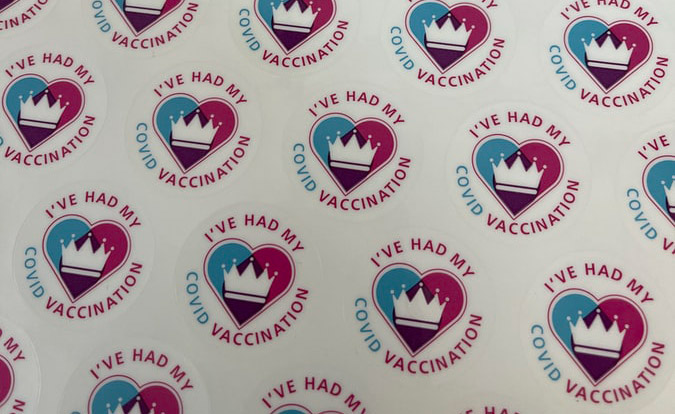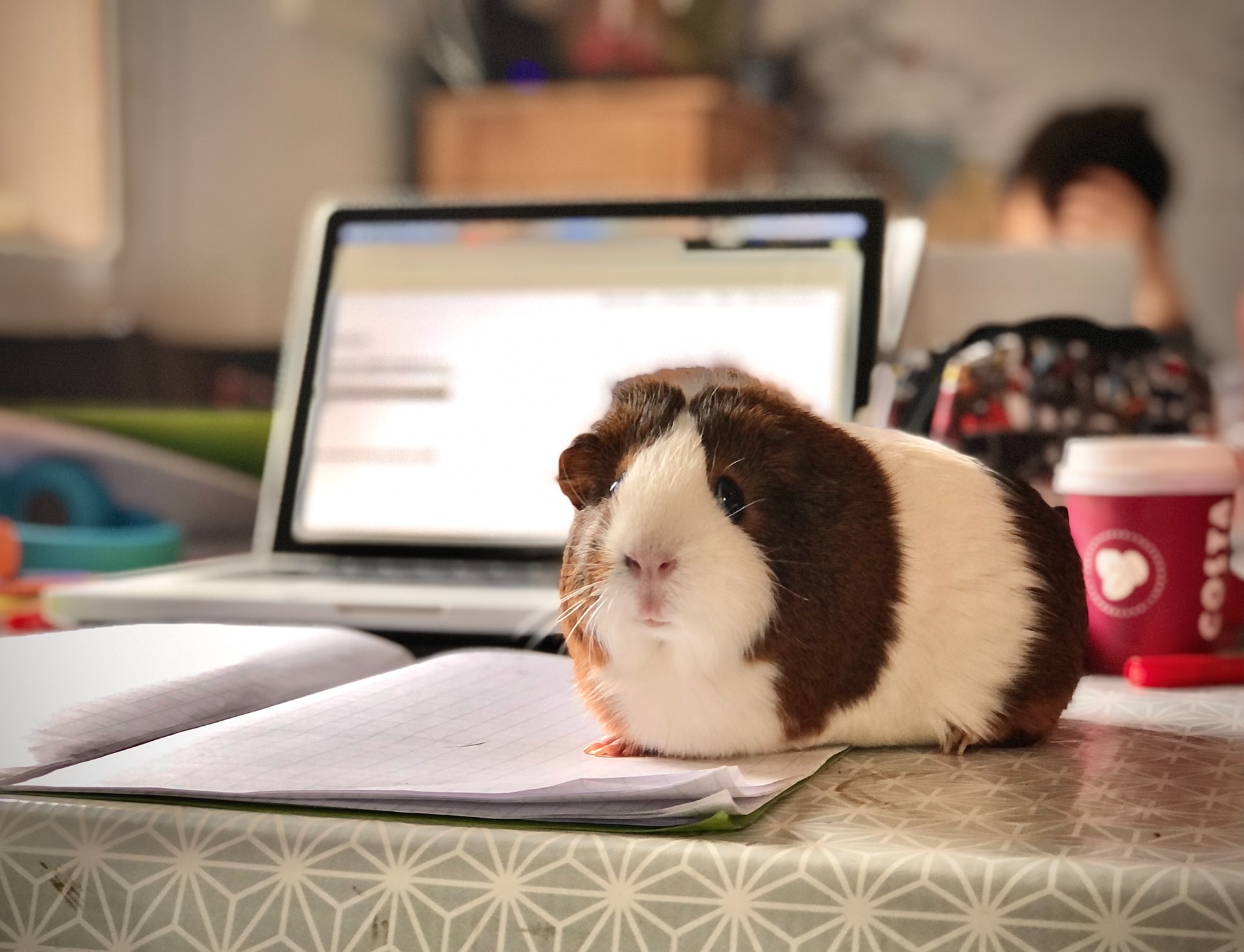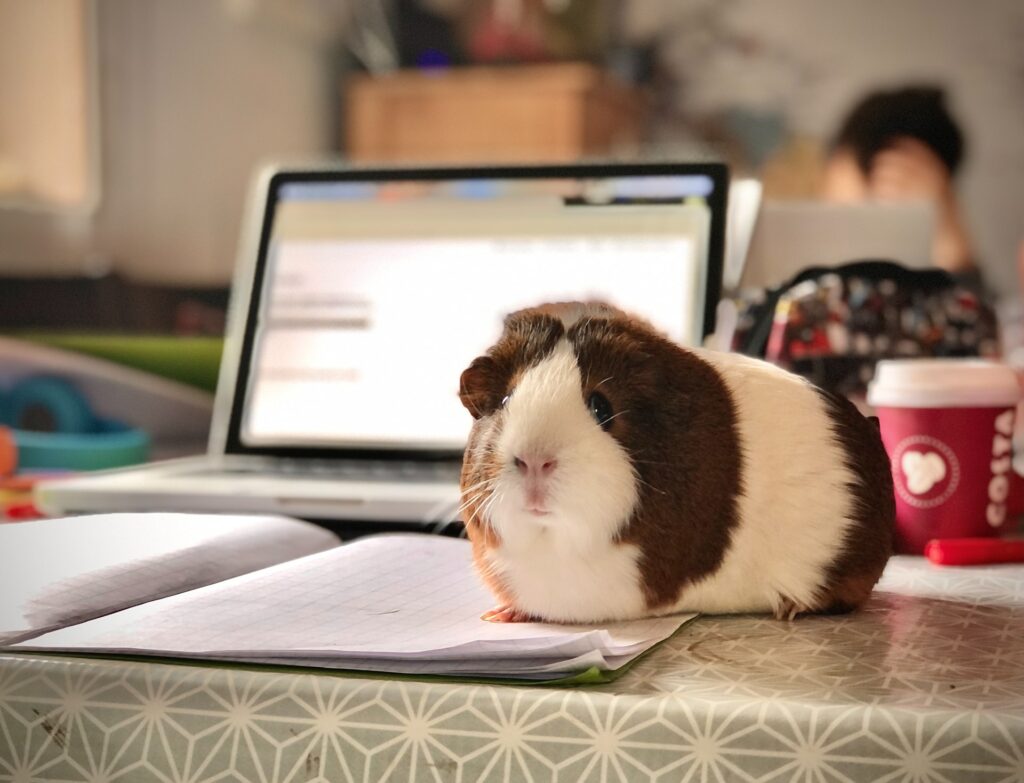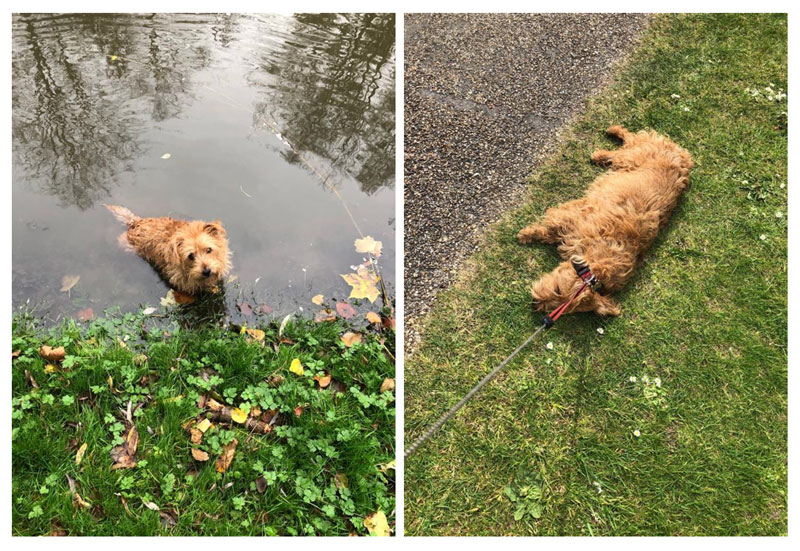
Tuesday 23rd March 2021 was National Day of Reflections and I find myself looking back over the year which, in a nutshell, has been a year like no other. Back in March 2020, when the COVID-19 pandemic was taking grip and the first lockdown was announced, I was sat at home in France, where I’d been living for 4 years. As an agency-owner and leader, an uncomfortable sense of panic gripped me as I sat writing a business contingency plan and wondering what on earth was happening in the world and would I have any agency anymore. My norm was to board a flight every Monday or Tuesday and head off to London or Zurich or to a host of other client destinations as my week would then unfold amid client meetings, hotels, new business meetings, quite literally every day was different. Boy has that changed.
As agencies we embrace difference, and in fact the Makara model of agile working has become the new normal for everyone as we have all embraced new and flexible ways of working when we were asked to stay at home and stay safe.
Do I miss my old norm. Yes, definitely, absolutely. Agile working for me has never been about staying at home, in fact it has been about freedom of choice, ability to flex the system to best meet our personal needs. So, whilst we continue to work in a similar manner, to comply with the important stay at home and stay safe messages, the restrictions on us change our options. The sense of Groundhog Day with a diary full of Teams, Zoom, WebEx, virtual catch-ups, virtual drinks etc, is commonplace to many of us. When life in theory slowed down with less places to go, less things to do – work life just got faster with our ability to port ourselves from one client meeting to another in 30 seconds as we zoom into one room, then 59 minutes later, smile and wave as we zoom out and back into another room, with little time to mentally close down from one meeting before shifting gear and mental space to another project. No time to walk down a company corridor with some pleasantries as we pass people to just say hello.
Having said that, the year has not been without its high points of achievements, gratitude, growth and challenge.
For Makara it has been an award-winning year. I am truly thankful and delighted for the incredible team at Makara to be recognised as PMEA Support Agency of the Year, along with other winning accolades at the PMEAs in Patient Education and Support and Rare Diseases. Shortly followed by PharmaTimes International Communications Team of the year, and most recently the two silvers at the PM Society Awards.
And who’d have thought that celebrating my big ‘five oh’ would delight me by putting me in Group 9 for the vaccination program to receive my first jab on super Saturday.
So, for me, a big year; a year of two house moves and my return to the UK, many dog walks in the forest, a pure and total focus on well-being and mental wellness, many weekend cycles (definitely my happy place), discovering new crafting skills, making time to connect with people to just say hi, and maybe notice those who are having a more difficult time and lending a helping hand. My heart goes out to all families who have suffered or lost loved ones during this year.
As we step closer to a little more freedom as lockdown eases, I am curious as to what we have all learnt from this year. What do we want to keep, what do we want to leave firmly behind, and what do we need to change to make our world a better place?











